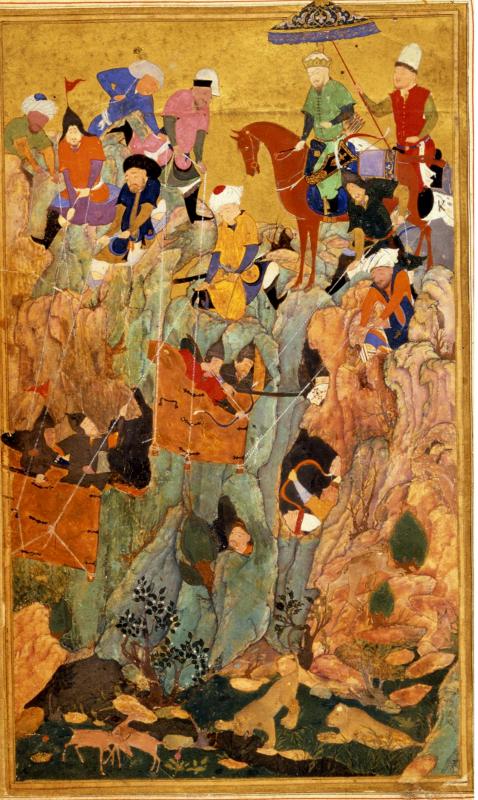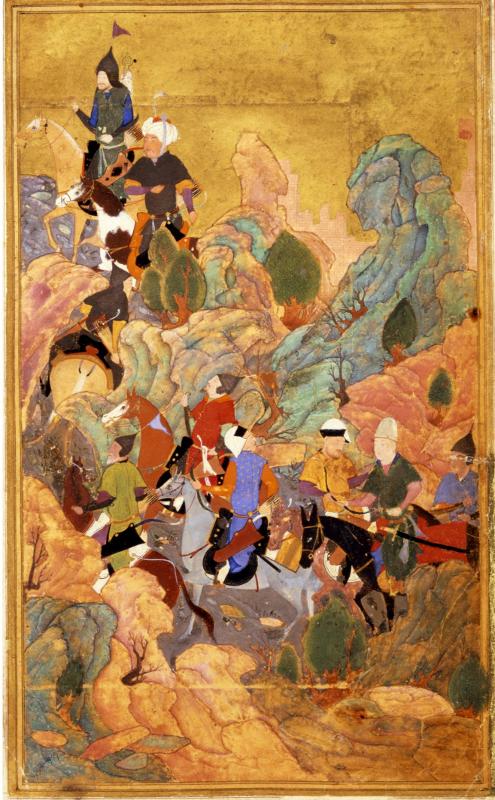
Find the perfect fit with Amazon Prime. Try Before You Buy.
Illustrations of Timurids in the Zafarnama of Sultan Husayn or ‘Garrett Zafarnama’
Destruction of the remnant of the Kipchak Army
 A larger image of Destruction of the remnant of the Kipchak Army (left) |
 A larger image of Destruction of the remnant of the Kipchak Army (right) |
